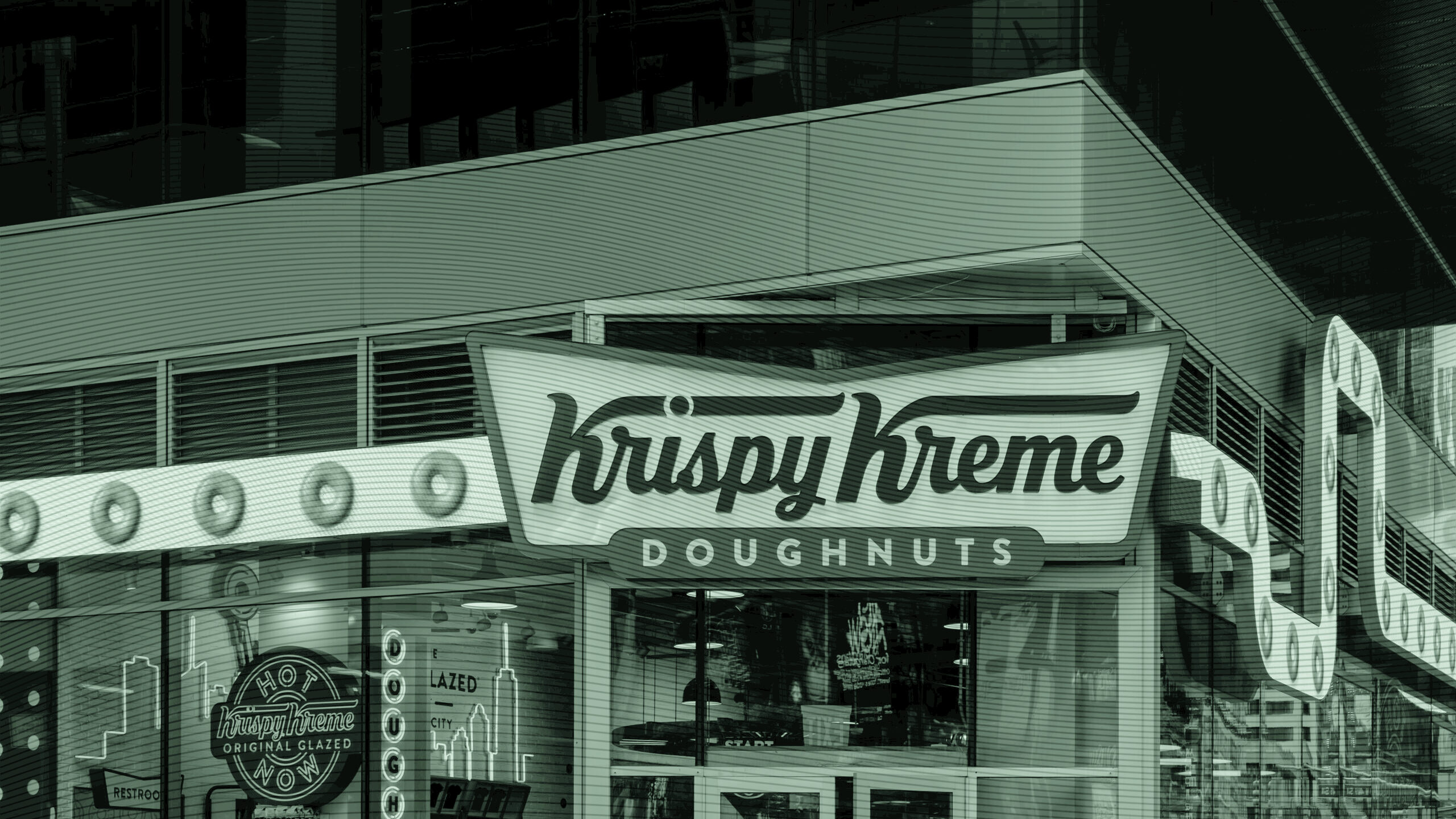Krispy Kreme’s Suddenly Irresistible. What to Do When Clients Crave Meme Stocks
Advisors should have conversations about what these rallies are — and what they aren’t.

Sign up for market insights, wealth management practice essentials and industry updates.
Are meme stocks really a thing again?
The inexplicably popular trades that were the darlings of 2021 made headlines this week as self-proclaimed “degenerate” investors piled into unassuming stocks, like Krispy Kreme. The embattled doughnut and coffeehouse chain hit a record of over 100,000 contracts traded Tuesday, and if that sounds like a lot for a company with deliciously cheap treats, it is: it’s equivalent to 71 times its average daily volume over the past four years. Elsewhere, the price of Kohl’s miraculously doubled, and Opendoor kicked off the week with triple-digit-gains. It’s the latest episode in the meme-stock saga that has perplexed financial advisors and has retail investors living by the motto: “donut kill my vibe.”
“These are appealing to investors for the two oldest reasons in the book,” said Zoltan Pongracz, a CFP and cofounder of Third View Private Wealth. “Although the meme craze is new, fear (of missing out) and greed still are the underlying drivers.”
Donut Stop Believing
Meme stocks are largely driven by social media forums, most notably Reddit’s Wall Street Bets. While they generally get a bad rap because they’re based on social media influence, not the underlying fundamentals, modern markets are increasingly driven by narratives, said Adam Patti, CEO of the asset manager VistaShares. “These momentum-driven stocks are appealing because in many cases it is a form of gambling,” he said. “The ironic thing is that sophisticated investors straight up to institutional traders often do the same.”
Clients are generally attracted to the potential for sudden, dramatic gains, which can trigger rushes of dopamine, the brain’s “feel good” hormone, said Brandon Galici, CFP and founder of Galici Financial. “Few clients have asked me directly about meme stocks, but when they do, I begin by asking about what they are ultimately trying to accomplish,” he said. If a client insists, Galici shifts the conversation to risk management, asking: “If this stock goes to zero, how would you feel?” The question usually helps reframe the discussion around their long-term goals.
Crypto Kreme. For most advisors, it’s a good time to have an educational conversation about what these rallies are and what they aren’t. They can either stay the course and avoid the volatility, or treat it like, “entertainment capital: money you can afford to lose,” Pongracz said. “Otherwise, you’re the exit liquidity.”
If clients are adamant, make sure they have the staying power to survive volatile market cycles. Pongracz likened it to some high-flying crypto traders who were completely “out of the game” when the crypto winter hit and were left on the sidelines during Bitcoin’s impressive rally this year. “It’s the most hated rally ever,” he said. “Sometimes it’s about the risks you don’t take.”











